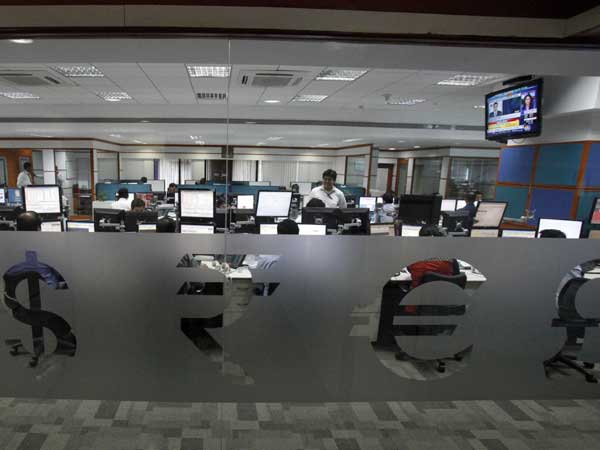
Asian markets are changing the global landscape of listed companies. In the last 20 years, a critical development in international markets has been the rapid growth of Asian stock markets, both in absolute and relative terms.
Today, Asian companies are the world’s largest users of public equity financing. As a consequence, stock exchanges and investment banks in Asia have increasingly become important actors in globally connected capital markets, says an OECD report.
The year 2017 saw the highest number of Asian company IPOs in two decades, reinforcing their status as the world’s largest users of public stock markets. Thousands of Asian companies are now listed or traded on markets other than their local exchanges.
In 2017, a record number of 1, 074 companies got listed in Asia. This is almost twice as many as the annual average between 2000 and 2016. More than 90 per cent of the companies that listed in 2017 were non-financial. The largest number of issuers were from the People’s Republic of China (China) with 470 companies, followed by companies from India (158); Japan (82); Hong Kong, China (73) and Korea (57). There were also 128 IPOs by non-financial companies from the emerging economies of Asean, says the report titled, ‘OECD Equity Market Review: Asia 2018.’
In 2017 Asian companies accounted for 43 per cent of all public equity capital raised in the world. Despite this record listings, only a modest pickup was seen in the capital raised compared to 2016. Out of the $81 billion raised by Asian companies in 2017, as much as 75 per cent ($61 billion) was raised by non-financial companies and 25 per cent ($20 billion) by financial companies. Similar to the overall trend since 2000, Chinese companies accounted for the largest share followed by India; Korea; Japan; Thailand and Hong Kong, China. Indian IPOs in 2017 were dominated by a few large financial company transactions.
As more companies have entered the public equity market, Asian non-financial corporations have also increased their use of secondary public offerings (SPOs). In the five-year period 2013-2017, non-financial Asian companies tripled their use of secondary offerings compared to the first five years of the 2000s. In 2017, the total value of non-financial company SPOs was more than three times the total IPO value in the region.
In 2006 Asian non-financial companies raised more public equity than firms from the United States. And in 2017 they accounted for 43 per cent of the global volume of equity raised, which means they surpassed the combined share of Europe and the United States, the report by The Organisation for Economic Co-operation and Development said.
Contrary to most Asian markets, the number of companies that have accessed public equity markets through IPOs has declined in advanced economies. This is particularly significant for smaller non-financial companies and, since 2008, IPOs below $50 million have almost disappeared in the European Union and the United States.



